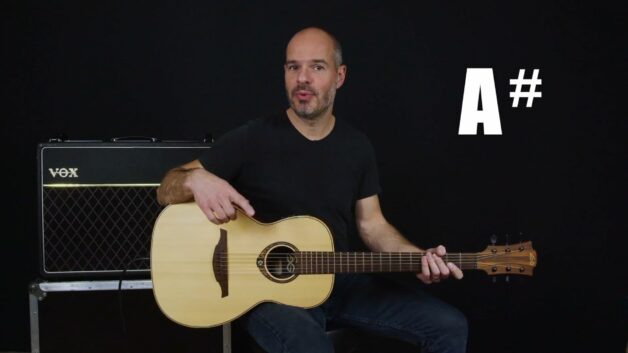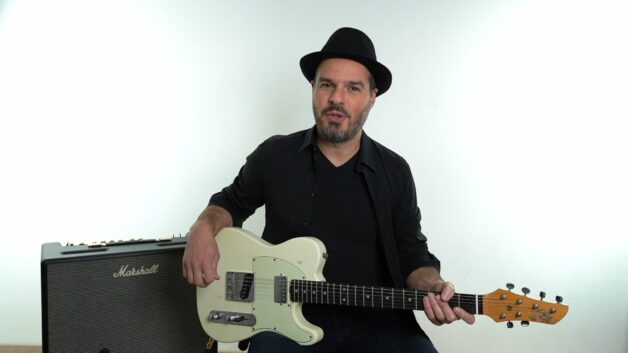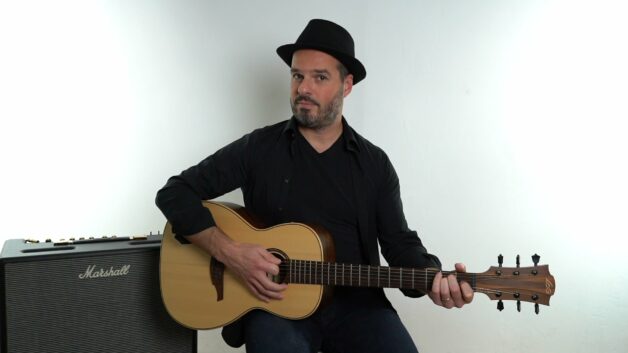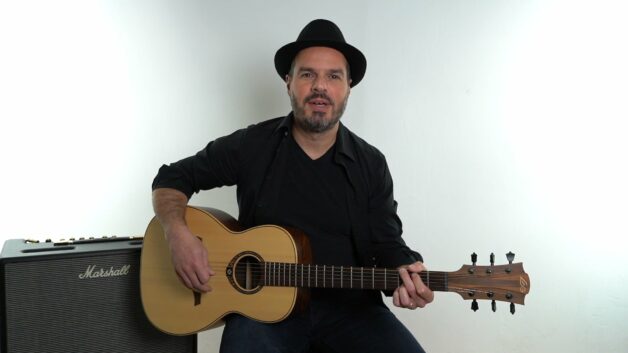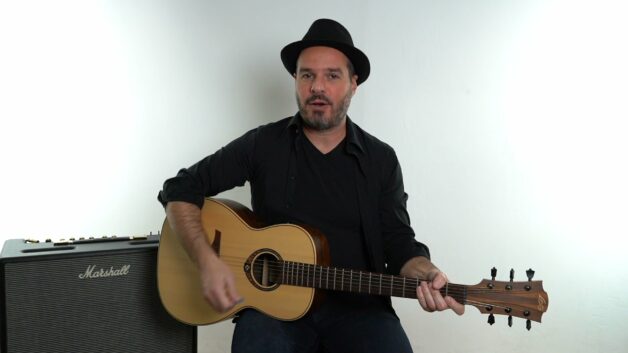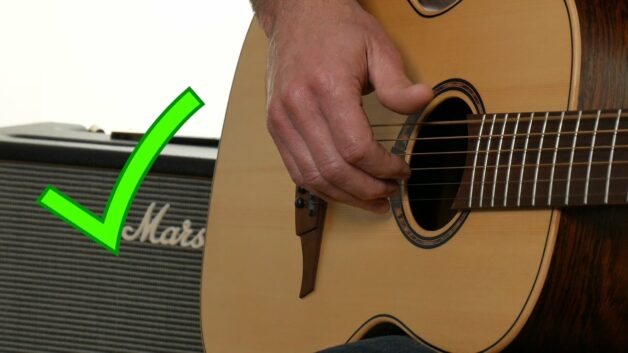Beginning Guitar Mindset: How to Make Learning Fun and Effective
When Jimi Hendrix first picked up a guitar, he started by playing simple blues riffs on a one-string ukulele. Like many guitar legends, his journey began with the basics, proving that everyone starts somewhere. Learning the guitar is about embracing that beginner’s spirit while building a solid foundation for growth.
The Journey Begins: Beyond Just Practice
Where passion meets persistence
The guitar has a rich history of self-taught musicians who changed music forever. From Robert Johnson to Eddie Van Halen, many started by learning songs they loved. This approach remains powerful today – learning guitar should feel like discovering your own musical voice rather than completing a prescribed set of exercises.
Most beginners make the mistake of diving straight into technical drills without understanding their musical goals. Instead, focus on connecting with the instrument through familiar songs. The basic techniques will naturally follow as you explore the music that moves you.
Starting Smart: The Two-Phase Approach
Phase 1: Building Your Foundation
A common pitfall for newcomers is trying to run before they can walk. The key is starting with simplified versions of songs you know. Take “Smoke on the Water” – while the original uses power chords, you can start with single notes to get the iconic riff under your fingers.
During this initial phase, focus on developing proper posture and hand positioning. Many students develop tension in their fretting hand, particularly when forming their first chord shapes. Keep your thumb positioned behind the neck and your wrist straight – this fundamental approach will serve you well as you progress to more complex techniques.
Phase 2: Developing Your Musical Voice
As your confidence grows, you’ll naturally want to explore different styles and techniques. This is where the real fun begins. You’ll discover how the same pentatonic scale can sound completely different when played by B.B. King versus Jimmy Page. Understanding these nuances comes from experimenting with various techniques:
Essential skills to develop include:
- Basic open chords (A, D, G, C, Em) and their relationship to common progressions
- Fundamental rhythm patterns (strumming patterns for different genres)
- Core lead techniques (bending, sliding, hammer-ons)
Practice Strategies That Actually Work
Traditional wisdom often suggests practicing for hours daily, but research in musical education shows that focused, shorter sessions produce better results. Aim for consistency over marathon practice sessions – your brain needs time to process and integrate new skills.
A practical approach is to break your practice into specific areas. Spend five minutes on chord transitions, another five on rhythm work, and five on new material. This targeted practice helps prevent the common problem of noodling aimlessly without making real progress.
Remember that every guitarist, from Django Reinhardt to John Mayer, started with these same fundamentals. The key is maintaining patience while challenging yourself just enough to stay engaged. With regular practice and the right mindset, you’ll be surprised at how quickly you progress from simple chord progressions to your favorite riffs and solos.
Focus on making music rather than just executing exercises. If you’re struggling with a particular chord change, try incorporating it into a simple song rather than drilling it in isolation. This approach keeps the learning process musical and engaging while building real-world playing skills.
Stay relaxed, stay curious, and most importantly, keep playing. The guitar is an instrument that rewards persistence with moments of pure joy when everything clicks into place.

